The Buick Roadmaster wasn’t just a name on a badge—it was meant to represent a car built to handle the demands of long-distance driving with power and comfort. From its debut in the mid-1930s through its final run in the ’90s, the Roadmaster balanced size, smooth engines, and a quiet ride that made it a steady companion on highways and backroads alike. This article looks at how Buick crafted a car worthy of that name over the decades, focusing on the features and engineering that earned it respect on the road.
1936 Introduction of the Roadmaster Nameplate
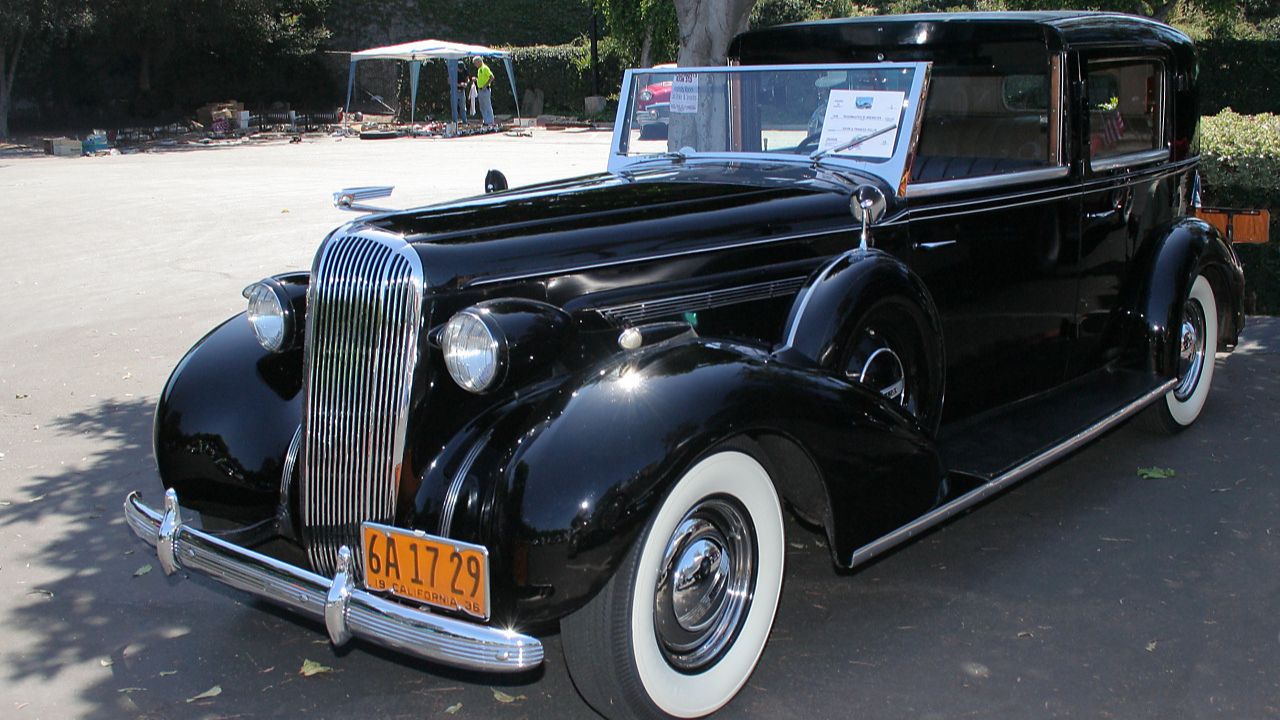
The Buick Roadmaster first appeared in 1936 as the brand’s top-tier model, marking a shift toward more powerful and refined vehicles. It featured a straight-eight engine producing around 141 horsepower, paired with a three-speed manual transmission. This was a step up in performance for Buick, emphasizing smoothness and power in a time when cars were often underpowered.
Inside, the Roadmaster was spacious and comfortable, with upgraded materials compared to other Buicks. It combined luxury with capability, setting a foundation for the Roadmaster’s reputation as a car that could handle long distances with ease.
1940s Power and Size Growth
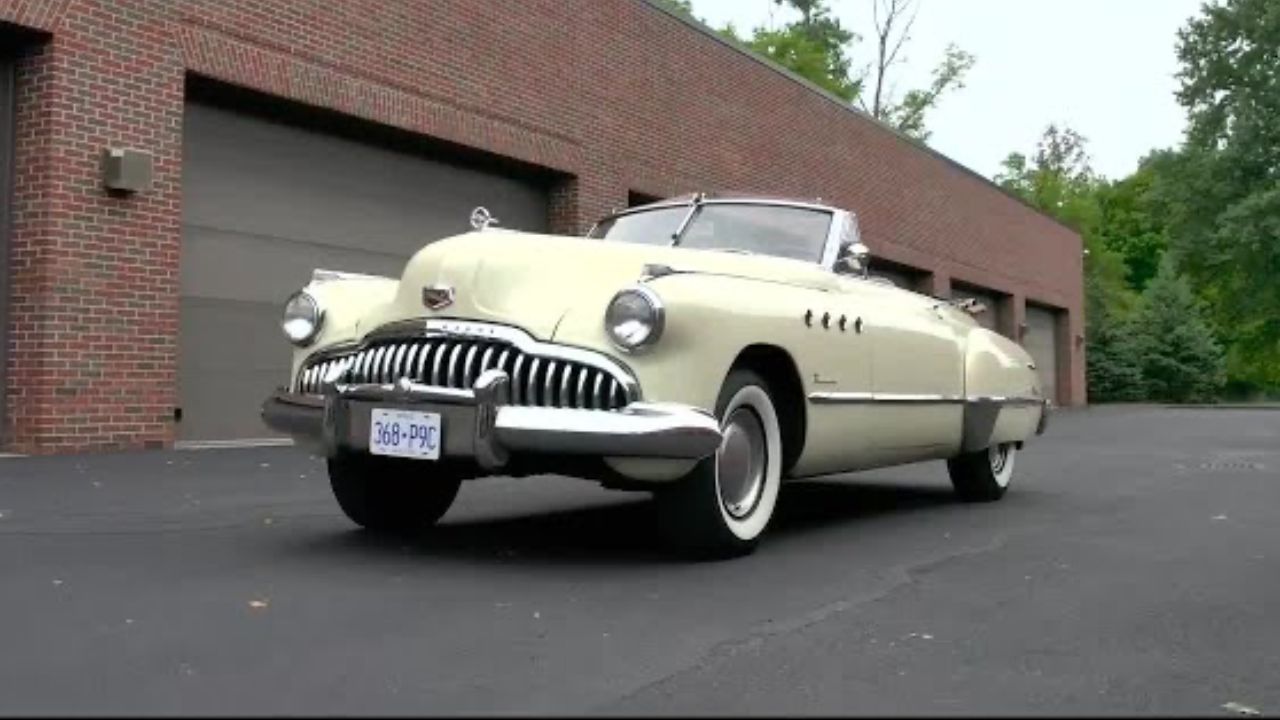
During the 1940s, the Roadmaster grew both in size and power. The straight-eight engine was enlarged, delivering upwards of 164 horsepower by 1942. Buick focused on improving ride quality and interior comfort, with plush upholstery and refined finishes becoming standard.
Despite its increasing bulk, the Roadmaster managed to maintain good road manners for the time. Its smooth inline-eight and soft suspension made it comfortable over long trips, supporting the “road master” name by offering both power and composure on the highway.
1949 Introduction of the Nailhead V8
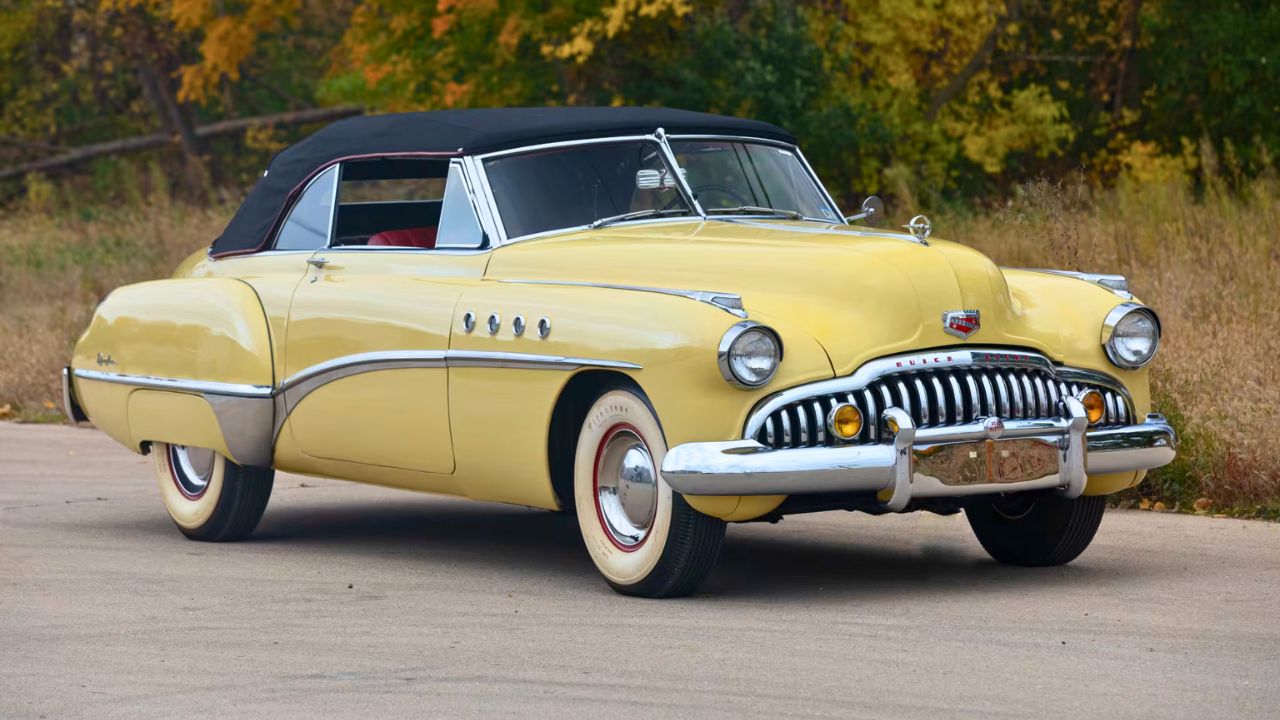
In 1949, Buick replaced the straight-eight with its new 322-cubic-inch “Nailhead” V8 engine, which produced 170 horsepower. This engine became a defining feature of the Roadmaster, combining torque-rich performance with a smooth power curve. The V8 helped the Roadmaster maintain its position as a large, powerful luxury car.
The Nailhead’s distinctive vertical valve covers were a signature look under the hood. Paired with Dynaflow automatic transmission, the Roadmaster offered effortless acceleration and quiet cruising, reinforcing its image as a capable long-distance cruiser.
1950s Styling and Interior Luxury
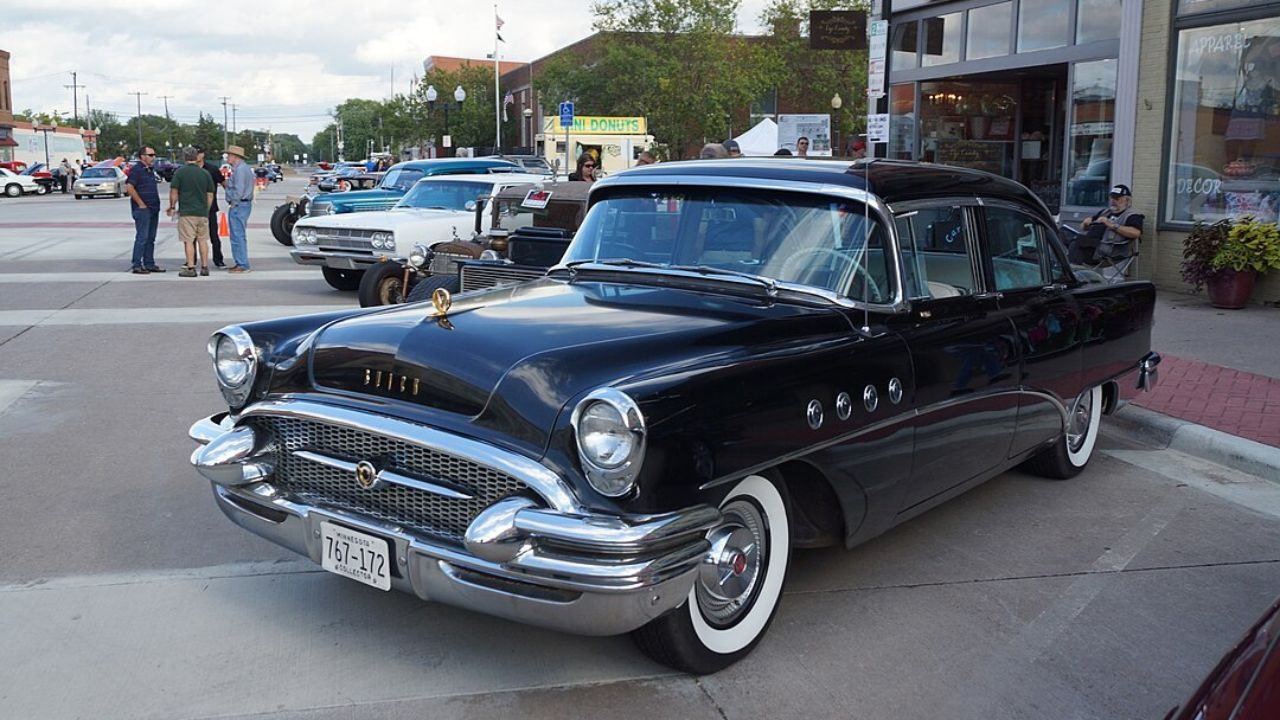
The 1950s Roadmaster models embraced the era’s fascination with chrome and expansive bodywork. Wide, sweeping fenders, ample chrome trim, and a long wheelbase contributed to an imposing presence on the road. Interiors featured bench seats upholstered in cloth or leather, with woodgrain accents and generous space.
This period was when Buick really focused on making the Roadmaster comfortable for all passengers, with attention to noise insulation and smooth suspension tuning. The spacious interior and plush ride supported the car’s reputation as a “road master,” capable of handling long drives in comfort.
1957 Roadmaster: The Last of the Nailhead Era
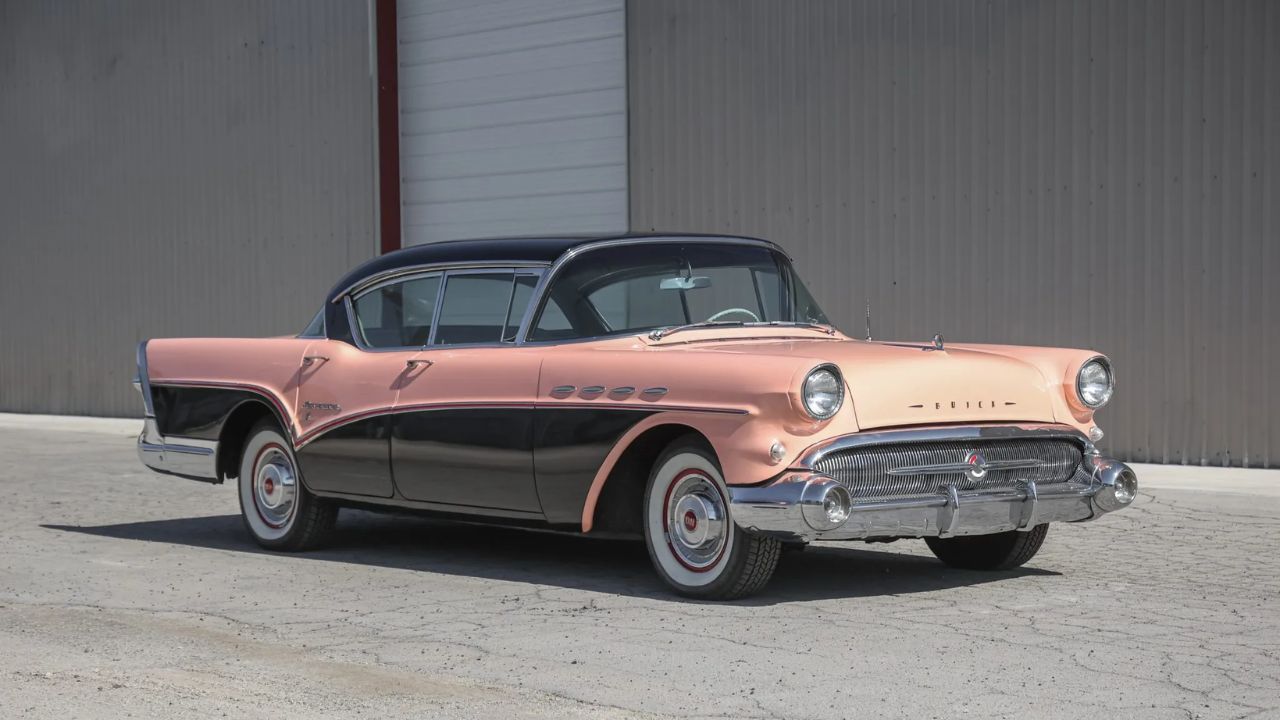
The 1957 model year was the final year for the Nailhead V8 in the Roadmaster. The 364-cubic-inch V8 made up to 300 horsepower in its highest configuration. The car was large and heavy, but the engine provided strong low-end torque, making acceleration feel effortless despite the Roadmaster’s size.
This generation saw improvements in handling compared to earlier years, with better suspension geometry and larger brakes. The Roadmaster remained a popular choice for those seeking a mix of power, style, and comfort.
1971 Revival and the 455 V8 Power
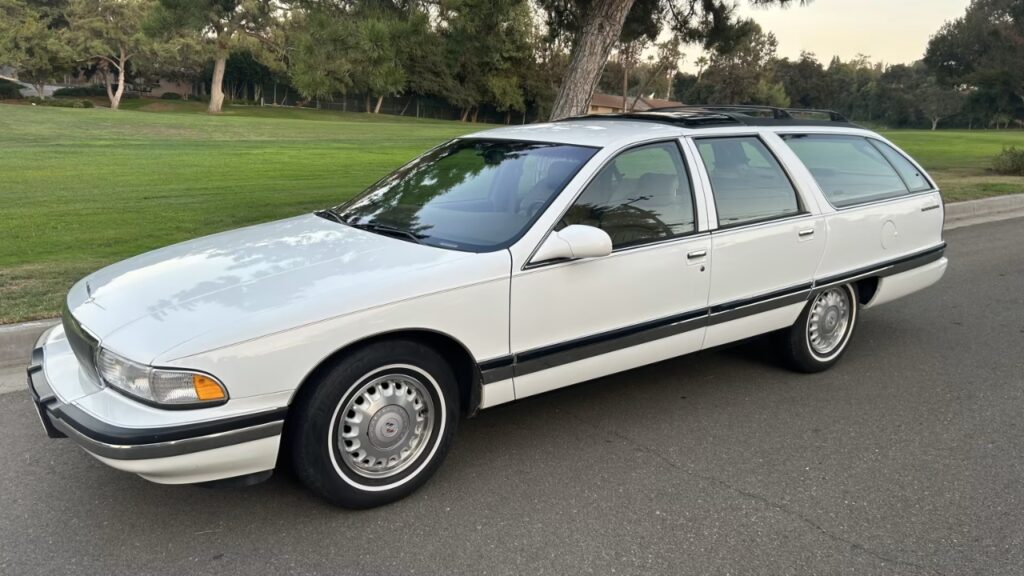
After a hiatus, Buick revived the Roadmaster name in 1971 as part of its full-size lineup. The new Roadmaster featured the massive 455-cubic-inch V8 engine, rated at 360 horsepower. This powerplant gave the car smooth but strong acceleration, reinforcing the “road master” identity.
The ’71 Roadmaster also included upgraded interiors with full power accessories, air conditioning, and vinyl roofs, emphasizing luxury and presence. The car was built to cruise effortlessly on the highway, living up to the legacy of its name.
1980s Downsizing and V6 Options
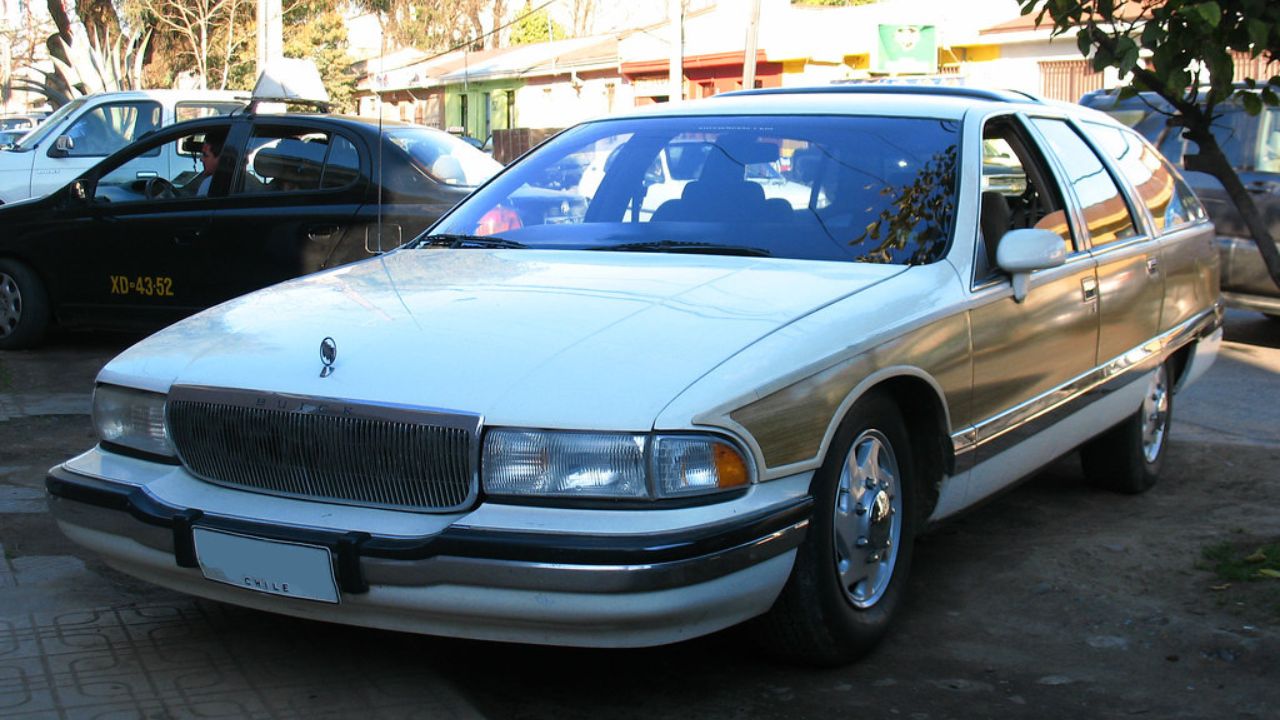
The Roadmaster of the 1980s saw significant downsizing, reflecting industry-wide trends. Even as it became smaller and lighter, Buick maintained the model’s emphasis on comfort and power, offering V6 and V8 engine choices. The 5.0L V8 in particular retained respectable performance for the era.
Despite its reduced size, the Roadmaster still offered roomy interiors with upgraded seating and sound insulation. It remained a car designed for long-distance driving, delivering a smooth ride and manageable handling that fit the “road master” idea.
1991-1996 Roadmaster Wagon: A Return to Full Size
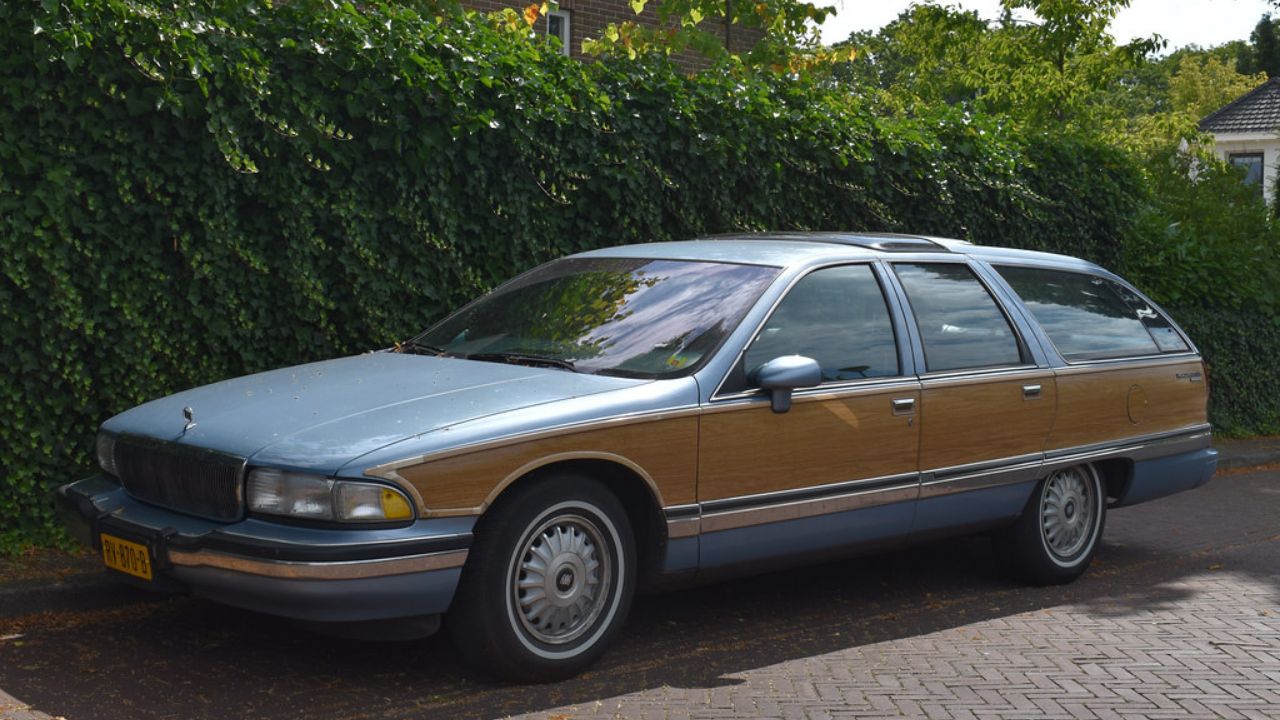
The final generation of the Roadmaster, produced between 1991 and 1996, brought back full-size dimensions and power. Built on the GM B-body platform, it featured a 5.7L LT1 V8 producing 260 horsepower and capable of towing heavy loads.
This generation was notable for its spacious interior, plush seating, and a smooth ride that made it a favorite for highway cruising and family travel. The Roadmaster wagon, in particular, combined utility with luxury, fitting the image of a true road master.
Legacy of Ride Comfort and Handling
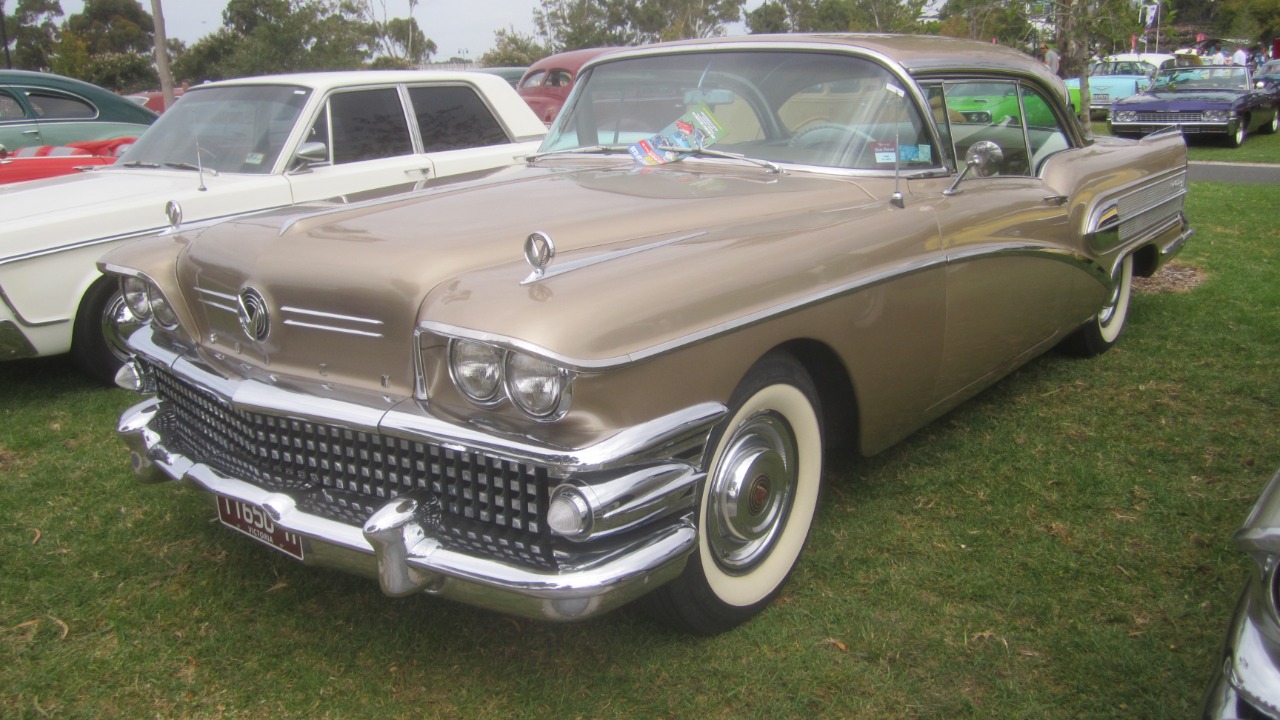
Throughout its history, the Roadmaster earned its name by balancing power with a comfortable, controlled ride. Its suspension was tuned to smooth out rough roads while maintaining composure in corners. This made it a reliable companion on long drives, delivering both performance and refinement.
Drivers appreciated the Roadmaster for being a car that didn’t demand constant attention—it handled well enough to inspire confidence, and its powertrain ensured it could handle highway speeds without strain. That balance is a key part of how the name stuck.
Why the Name Still Resonates
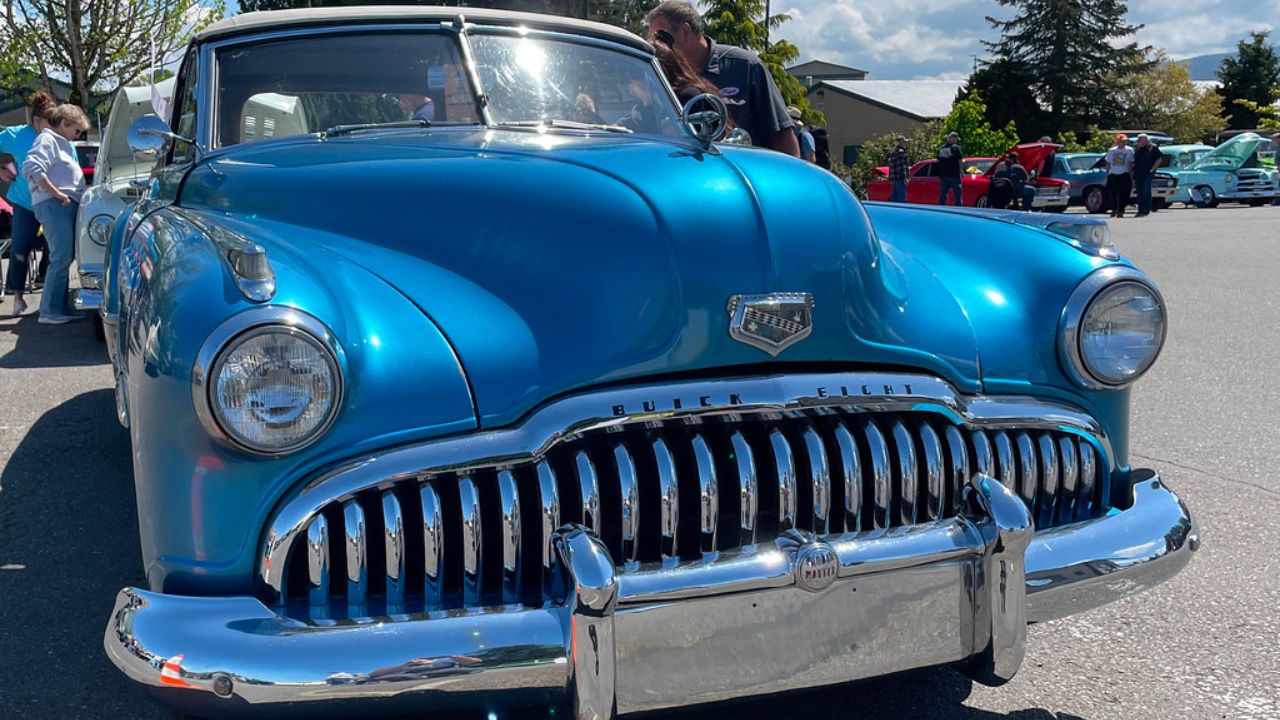
The “Roadmaster” name isn’t just a label—it reflects decades of Buick’s focus on building large cars that could handle long distances with ease and comfort. While styling and technology changed over the years, the core idea remained: deliver a smooth, powerful, and quiet driving experience.
Even today, the Roadmaster is remembered for that blend of size, strength, and ride quality. It wasn’t the flashiest car, but it earned respect on the road—and that’s how it earned its name.

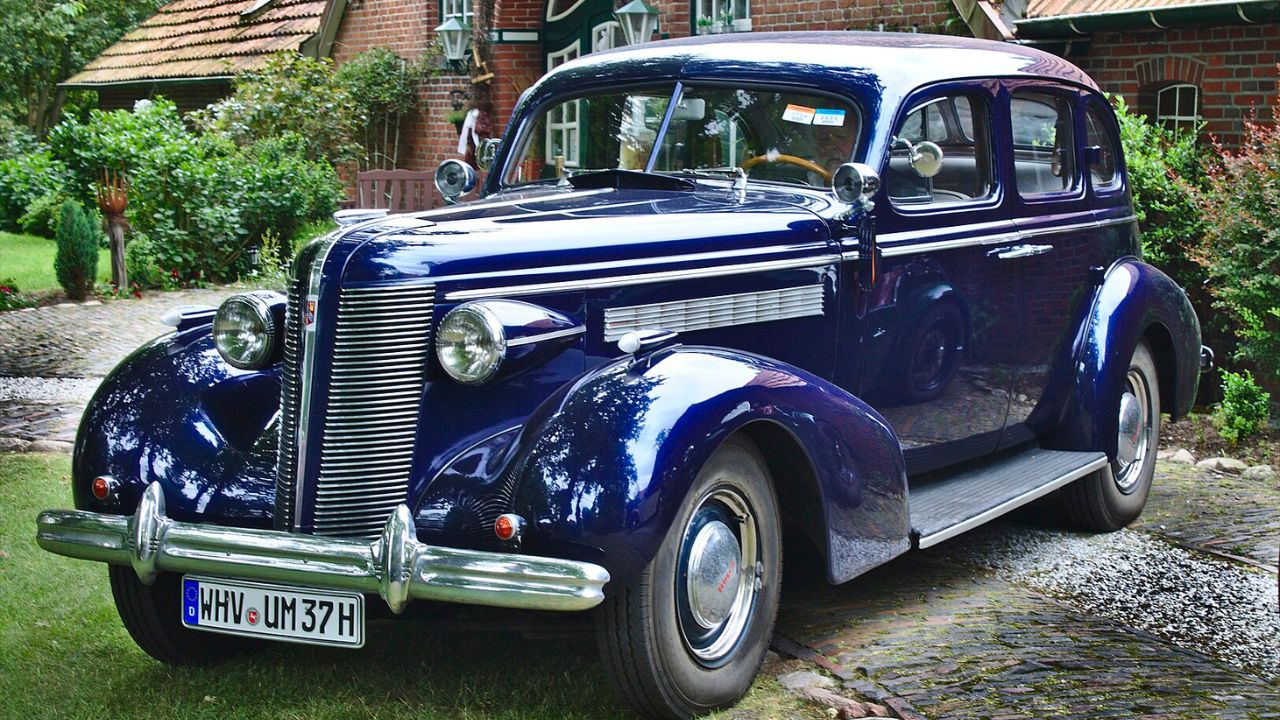
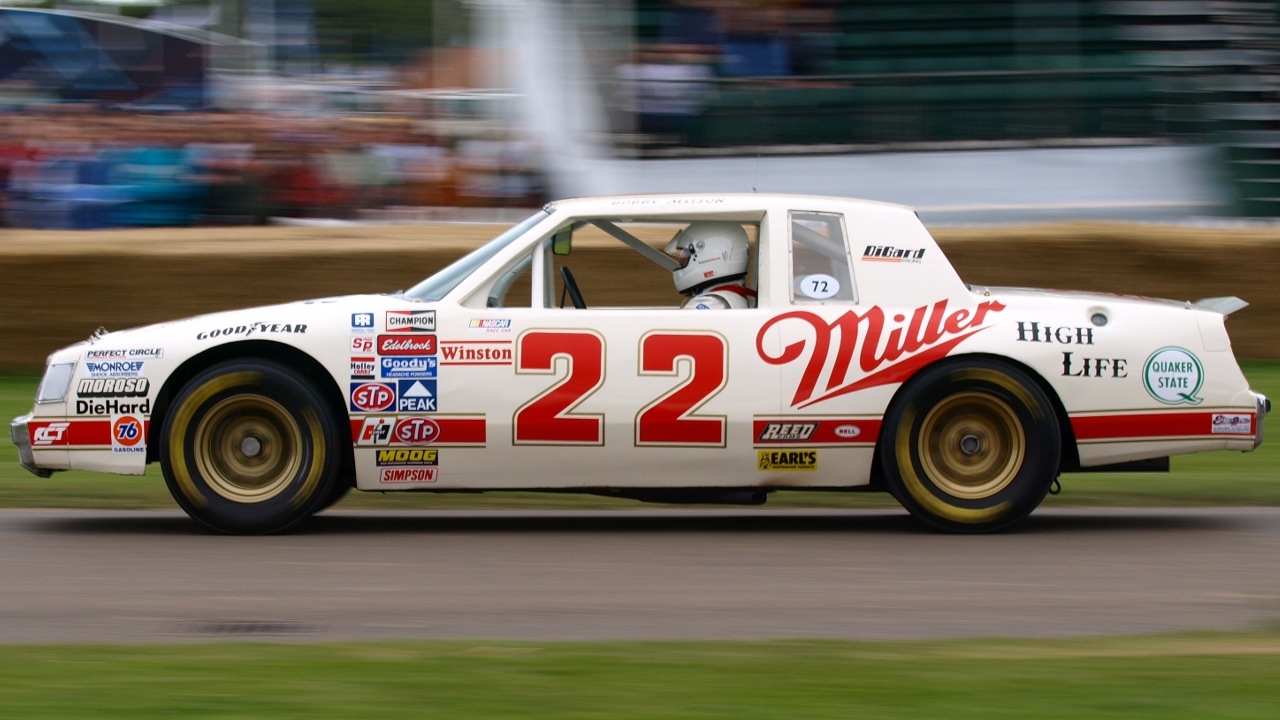
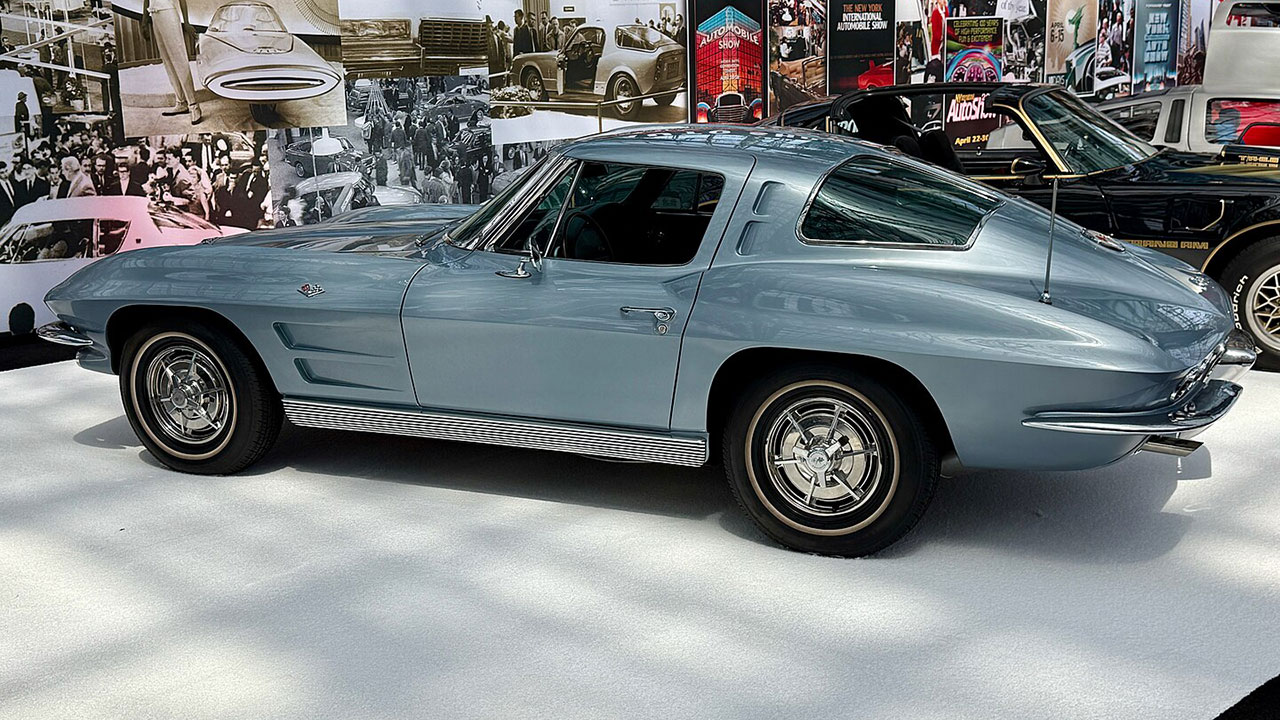
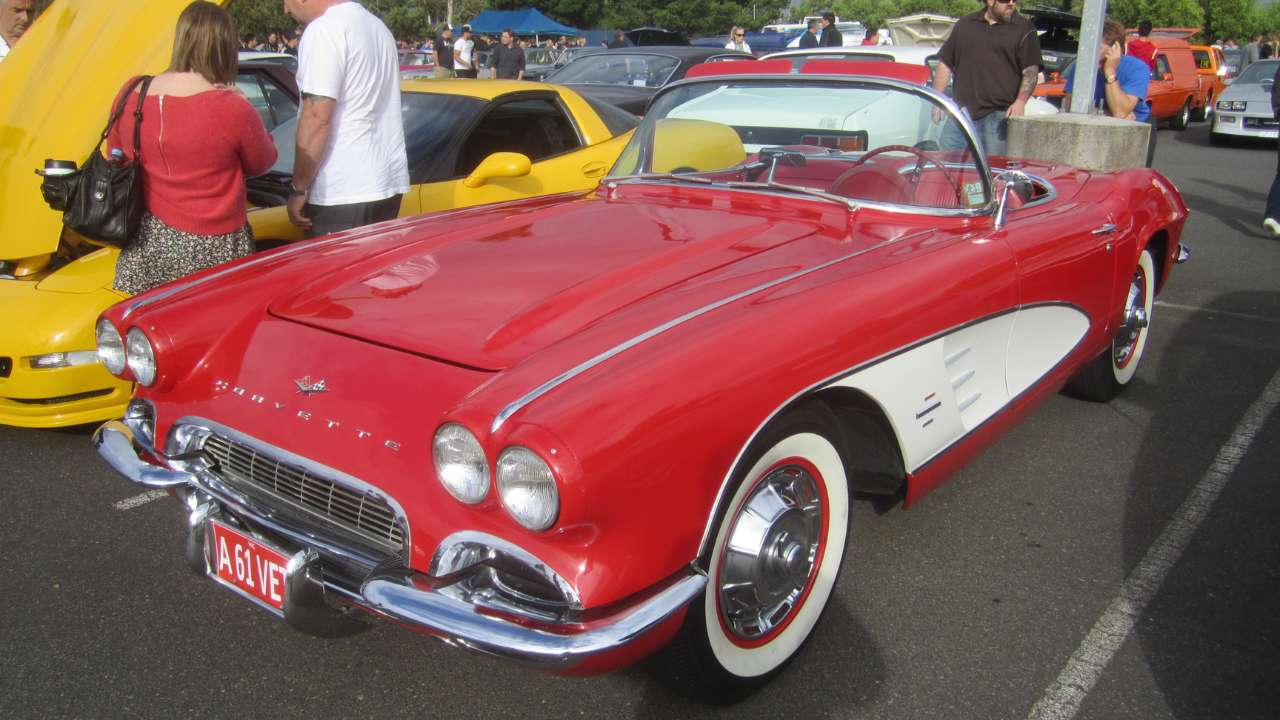
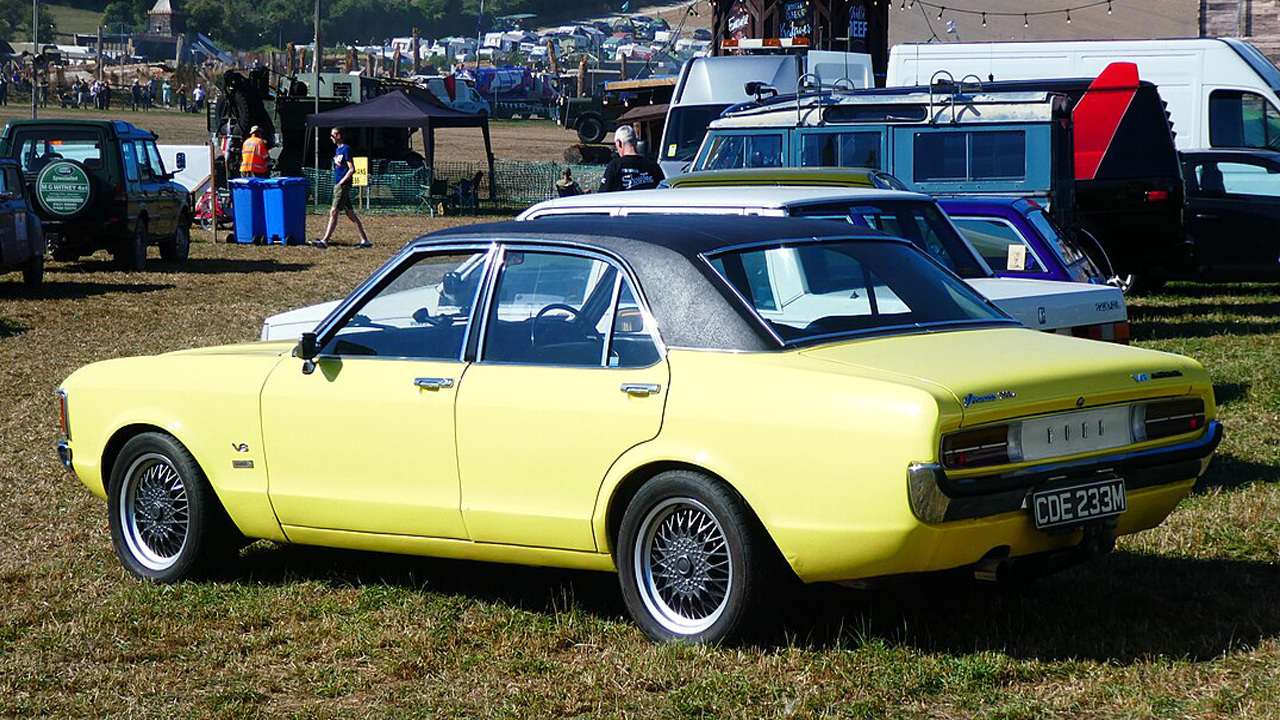
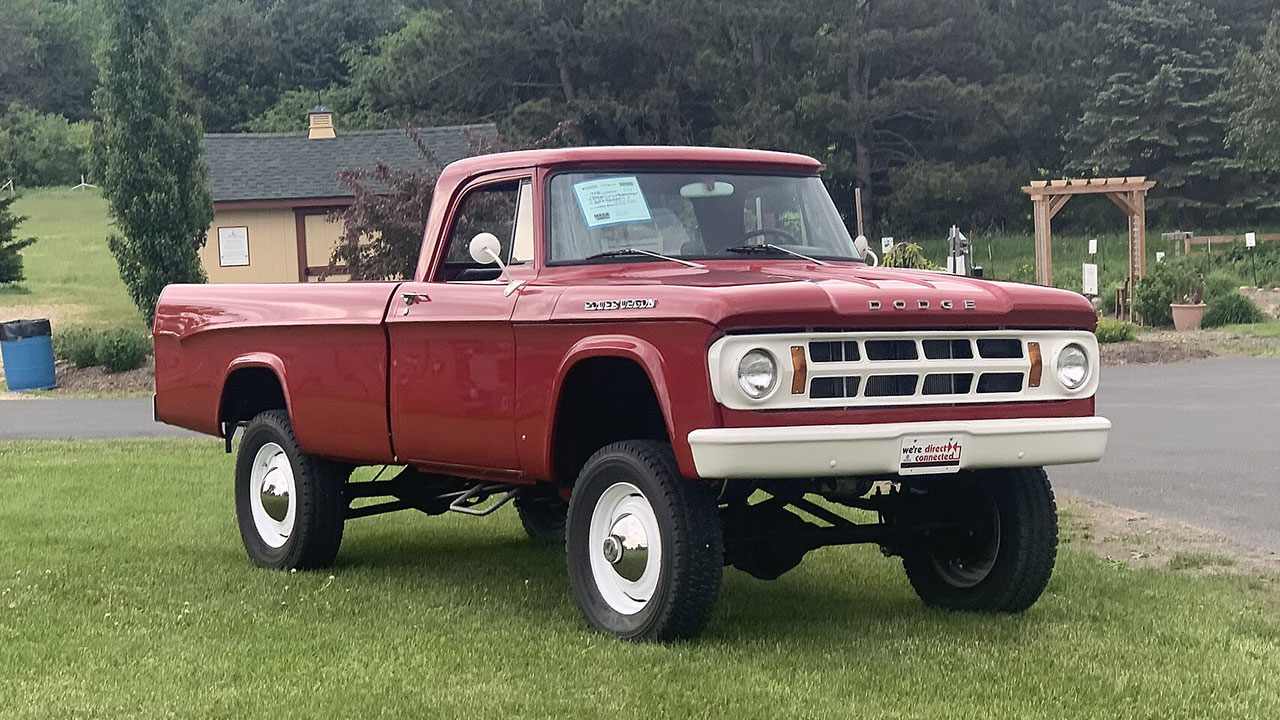
Leave a Reply